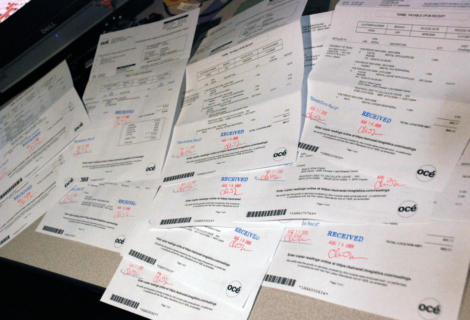What You Should Know About Working Capital
Working capital, which compares a company’s current assets and liabilities, is used to measure a company’s long-term financial health. A well-managed company has expanded growth potential. There are a few things you should know about this capital.
High Levels of Cash Flow
Although you want your company to have access to cash, you don’t want too much cash on hand. If your cash flow levels get too high and remain there, you will experience inefficiencies and waste. This level of capital may signify that your company’s growth has stagnated and that you should invest more in your business.
Review your industry and geographical restrictions each year. Also, evaluate your unavoidable risks and try to minimize them. Optimizing this capital leads to debt reductions and increased revenue
Benefits of Healthy Levels
High levels of this ratio result in profit increases, expanded liquidity and improved efficiencies within an organization. Accessible capital allows your company to save or have easy access to cash. This is especially beneficial when you face unexpected expenses or repairs. It also provides you with flexibility, so it is easier to expand your business and provide for your customers. This extra cash protects you against production or accounts receivable delays as well.
High working capital suggests that your accounts payable and receivable are efficient and balanced. You are able to gain vendor discounts while receiving your customer payments quickly, providing you with a healthy cash balance.
Tips for Capital Management
Adopt lean inventory strategies. If your inventory is too large, you have less available cash in the case of an emergency. However, if you don’t have enough inventory to fulfill your customer orders, your reputation may take a hit. Therefore, you should evaluate your inventory, including what you buy and sell. Open departmental communication and appropriate forecasting should improve your inventory management.
Manage your accounts receivable and payable. Always pay your bills on time. When you do, you are able to take advantage of vendor discounts and better relationships. However, you should also make sure you are paid within a reasonable period of time by your customers. This requires efficient collection and payment processing systems. Invoices should be sent right away, and payments should be processed as soon as they enter the building. Electronic billing and collection improve this cycle’s efficiency as well.
Review your contracts with your vendors and debtors. Negotiate for better terms. Also, reduce the payment period on your debtors. Evaluate the level of credit you are giving your customers based on your cash flow needs.
Working capital is a direct reflection of the health of your business. It will determine whether you have the resources available to handle emergencies or receive financing. It reveals any inefficiencies in your internal investments and your accounts receivable and payable. Properly managing your cash flow allows you to meet your short-term commitments.








